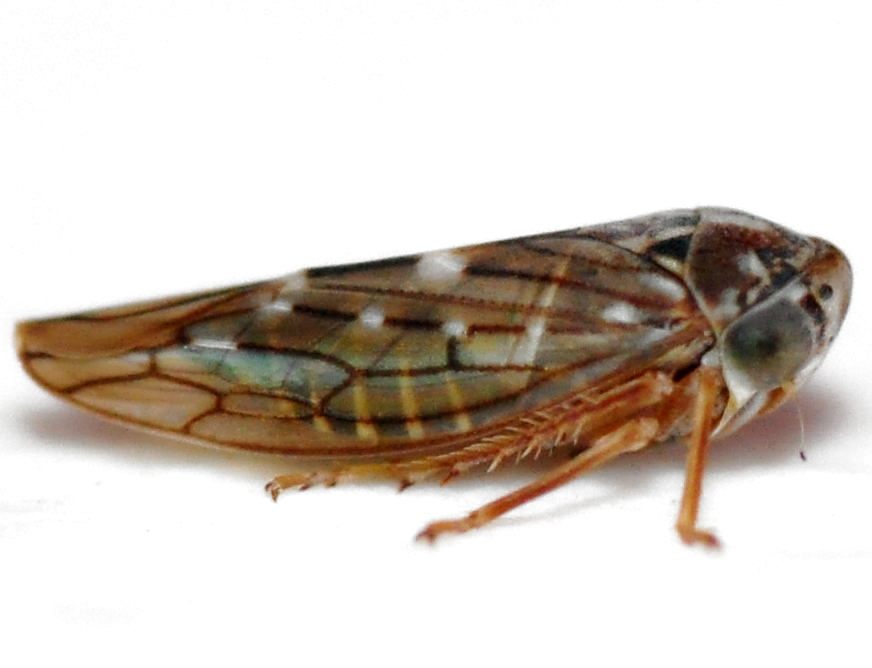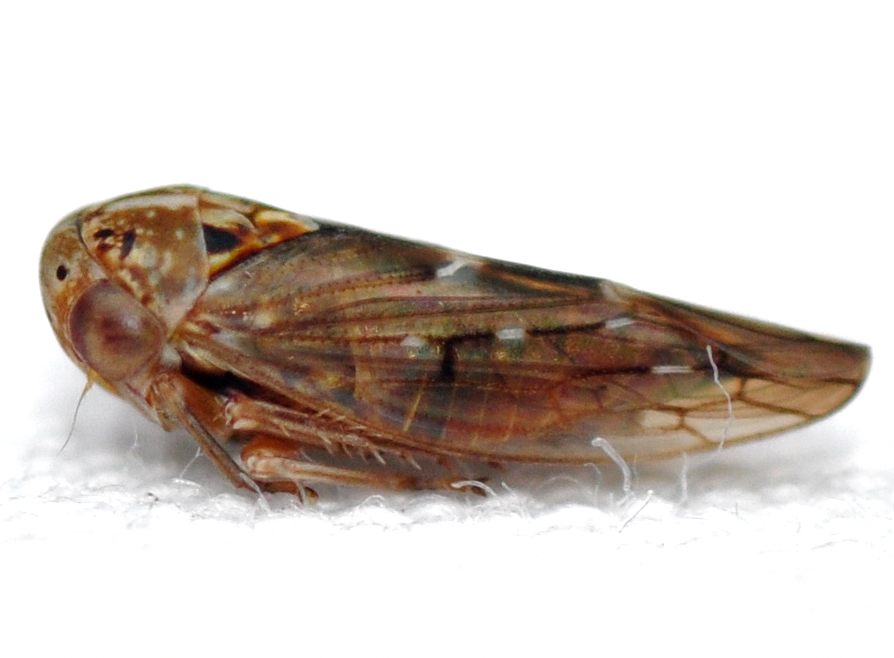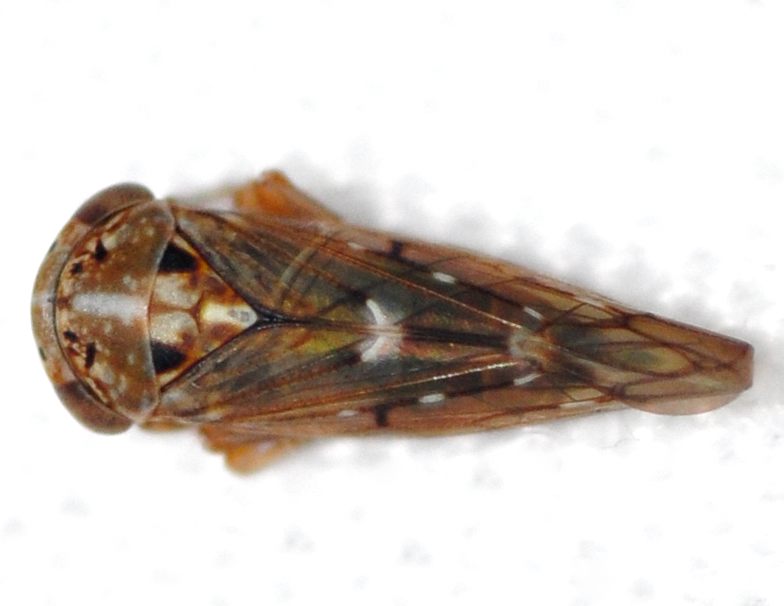| description |
A distinctive looking hopper, a rusty-brown yellowish color overall with black wing venation and white marks across the wings. The scutellum has a pale yellow base with two black triangles in the upper corner and a smaller black mark between them (not always present, perhaps a sexually dimorphic feature that is only present in males?); the posterior half of the scutellum may be yellow or show a white or red stripe. The pronotum is reddish-brown with a distinctive, broad longitudinal white stripe that typically ends before reaching the head. Males have a black clubbed-tip to the antennae, characteristic of male Idiocerus. The female pregenital sternite has a slightly waved posterior margin, with the slightest of notches.
For more images of this species, see: BG. |
| comments |
This species is likely undescribed, as it is much further south than the known range of the similar I. albolinea (found in Canada and neighboring states). Specimens at the NCSU collection labeled as I. alternatus pertain to this undescribed species, and therefore collection records of I. alternatus have been included on here for the undescribed species. A female specimen that was DNA barcoded in 2018 was determined to be highly divergent from I. apache and I. albolinea, supporting the notion that this 'species' is undescribed. "The sternal apodemes in the dissected male are clearly different from anything illustrated in [the] revision of the genus, assuming these are fully developed. The antennal discs are also different from similar species, fairly narrow and pointed at both ends. I will have to do some more research, but I haven’t found any names with type localities in the region where you’ve found this, which further suggests it is not yet named."- Joel Kits.
UPDATED 3/16/22- This is indeed an undescribed species, per J. Kits who has dissected one of the males that KDK collected. |
Species Photo Gallery for Idiocerus n-species Undescribed Idiocerus Species |
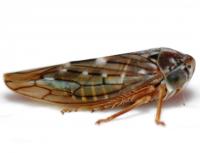 | Photo by: Kyle Kittelberger, Brian Bockhahn, Paul Scharf
Avery Co.
Comment: grassy and brushy vegetation surrounded by forest |  | Photo by: Kyle Kittelberger, Brian Bockhahn, Paul Scharf
Avery Co.
Comment: grassy and brushy vegetation surrounded by forest |
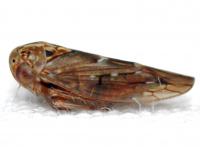 | Photo by: Kyle Kittelberger, Brian Bockhahn
Rockingham Co.
Comment: grassy area near mixed hardwood forest and a pond; female |  | Photo by: Kyle Kittelberger, Brian Bockhahn
Rockingham Co.
Comment: grassy area near mixed hardwood forest and a pond; female |
 | Photo by: Kyle Kittelberger, Brian Bockhahn
Rockingham Co.
Comment: grassy area near mixed hardwood forest and a pond; female |  | Photo by: Paul Scharf, B. Bockhahn,C. Mitchell
Durham Co.
Comment: Attracted to UV Lights |
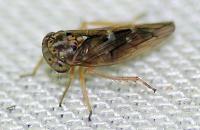 | Photo by: Paul Scharf, B. Bockhahn,C. Mitchell
Durham Co.
Comment: Attracted to UV Lights | 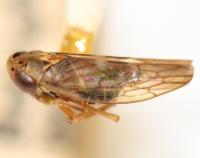 | Photo by: Kyle Kittelberger
Wake Co.
Comment: NCSU specimens; as I. alternatus |
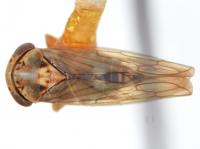 | Photo by: Kyle Kittelberger
Wake Co.
Comment: NCSU specimens; as I. alternatus |  | Photo by: Randy Emmitt
Orange Co.
Comment: stayed briefly UV light - unid_leafhopper |
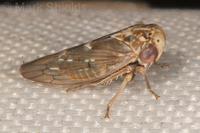 | Photo by: Mark Shields
Onslow Co.
Comment: | 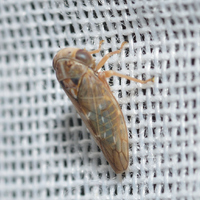 | Photo by: Margarita Lankford
Orange Co.
Comment: https://www.inaturalist.org/observations/34855017rnrn Attracted to UV light - |
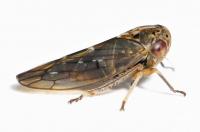 | Photo by: Rob Van Epps
Mecklenburg Co.
Comment: Attracted to UV light. Suburban yard near woods. | 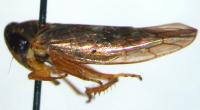 | Photo by: Bo Sullivan
Ashe Co.
Comment: female |
 | Photo by: Bo Sullivan
Ashe Co.
Comment: female | 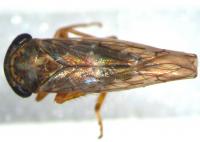 | Photo by: Bo Sullivan
Ashe Co.
Comment: female |
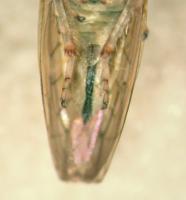 | Photo by: Bo Sullivan
Ashe Co.
Comment: female |  | Photo by: Kyle Kittelberger, Brian Bockhahn
Polk Co.
Comment: male, 4.9 mm |
 | Photo by: Kyle Kittelberger, Brian Bockhahn
Polk Co.
Comment: male, 4.9 mm | 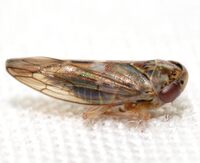 | Photo by: Kyle Kittelberger, Brian Bockhahn
Polk Co.
Comment: male, 4.9 mm |
 | Photo by: Kyle Kittelberger, Brian Bockhahn
Polk Co.
Comment: male, 4.9 mm |  | Photo by: Margarita Lankford
Orange Co.
Comment: https://www.inaturalist.org/observations/59676780 |
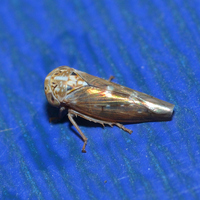 | Photo by: Margarita Lankford
Orange Co.
Comment: https://www.inaturalist.org/observations/59676780 | 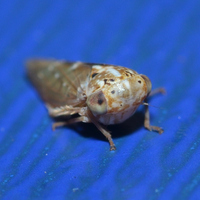 | Photo by: Margarita Lankford
Orange Co.
Comment: https://www.inaturalist.org/observations/59676780 |
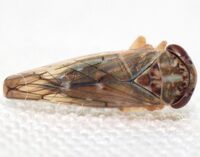 | Photo by: Kyle Kittelberger, Brian Bockhahn
Polk Co.
Comment: male, 5.0 mm |  | Photo by: Kyle Kittelberger, Brian Bockhahn
Polk Co.
Comment: male, 5.0 mm |
 | Photo by: Kyle Kittelberger, Brian Bockhahn
Polk Co.
Comment: male, 5.0 mm | 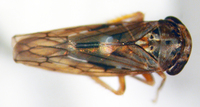 | Photo by: J. B. Sullivan
Macon Co.
Comment: |
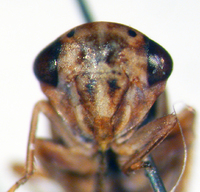 | Photo by: J. B. Sullivan
Macon Co.
Comment: |  | Photo by: J. B. Sullivan
Macon Co.
Comment: |
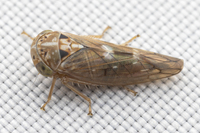 | Photo by: Solomon Hendrix
Wake Co.
Comment: attracted to light | 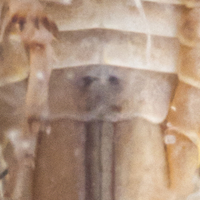 | Photo by: Solomon Hendrix
Wake Co.
Comment: attracted to light |
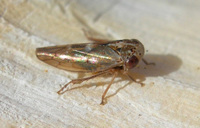 | Photo by: R. Newman
Carteret Co.
Comment: FOMA |

 »
»